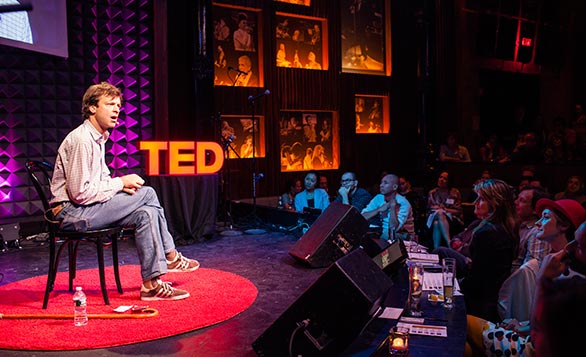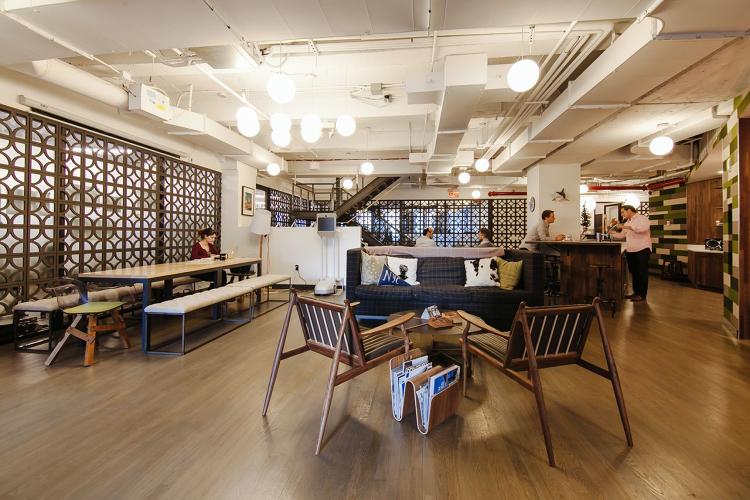Businesses and associations are starting to promote business gatherings again. The economic hardship of the last 5-8 years drastically impacted that business for properties; now groups are reconsidering the away-training , coincidentally, there are some requests being made of facility design and service from those groups.
Properties have analyzed how many unique guests visited their property in a year, and they know it is possible that more people experience a hotel or resort for a meeting than those whose who come for more than 2 day stay. The meeting and conference business fuels the social business and vise-versa. Properties are more interested than ever to meet new people, offer them hospitality or a day, in hopes they will return for more.
r.o.i. Design has been responding to properties changing needs for meeting and conference, and we share here the trends we see.
In general, the trend is toward “conversation” and “community” supported by technology.
Properties group sales staff are working with a wide variety of “hosts”, not just the millennial.
The decision maker varies in age, experience, role and most importantly by requests. There is not one customer to please. Properties are becoming more and more agile in their response to the meeting and conference business. That means flexibility in furnishings, meals, technology and overall schedule.

Joshua Prager at TED@NewYork talent search. June 7, 2012. New York, NY. Photo: Ryan Lash
Seating options are no longer limited to banquet, training and theater style layouts.
The incoming group is looking for a wider variety of seating options, and not just for the meeting but for break out and meal arrangements as well. r.o.i. Design has studied this and found a correlation between this expectation and the customers current experience of other environments, including but not limited to, coffee lounges, retail spaces, a recent local “Ted Talk”, church assemblies, university classrooms (virtual and brick) and their own homes. The challenge is to make one group of inventoried furniture morph into a variety of experiences. Requests for accent pillows, more side tables or even lamps have started to show up.
Technology not only means that the participant has to get online.
The presenter needs to have clear access to the internet and an easy way to show their presentation. Offering a plug and play that is effortless for the presenter and allows participants to use their lap tops to also dial into the presentation is going to be the norm.
Lighting and lighting controls need to be controlled by the guest.
If a group is looking at their lap tops to get a better look at the shared presentation they may need a dimmer setting of overhead lights, or if the audience has to be woken up after lunch the present may want to increase light levels, or if the ambient light is changing from daylight to evening, the group needs to have control.

Break Out Spaces with Options
Gluten free, vegetarian, Indian vegetarian, vegan…
The percentage of special meal requests is increasing. The ill fated salad bar is dead but properties are figuring out how to create a manageable “buffet” that each guest can customize without the kitchen having to go through cart wheels to feed the diverse palette. The most innovative are including the guest in their food preparation and providing a lot of options for seating within a proximity of the whole.
Properties are discovering that some of their spaces that may not have been previously considered as viable “meeting and conference” assets to be very appealing to customers.
